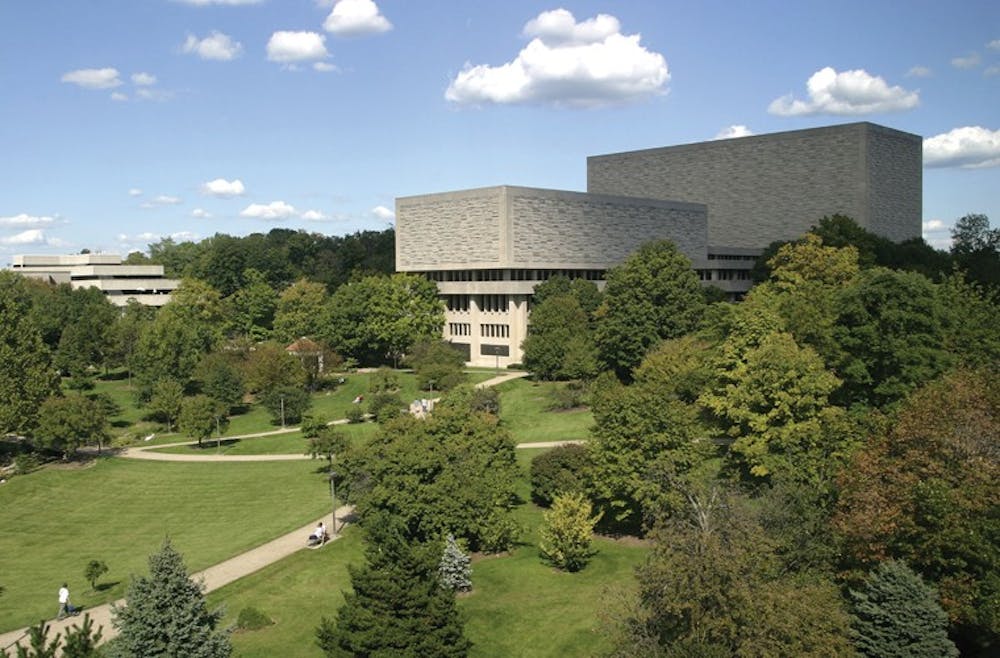A study conducted by the IU Kelley School of Business shows that the Hoosier economy is greatly influenced by libraries throughout the state.\nLibraries supply countless jobs throughout Indiana communities, according to the study. For example, the Herman B Wells Library contributes $136 million dollars into the Indiana economy. But Indiana libraries contribute much more than just economical development throughout the state. \nTimothy Slaper, the Indiana Business Research Center director of economic analysis and co-author of the Kelley School report, said that besides the direct economic benefits of providing jobs and state revenue, libraries indirectly help local communities by helping money recirculate.\n“Libraries help people get what they need more quickly to advance themselves on the worker front,” Slaper said.\nMary Strow, head of the reference department in the Wells Library, said people know about many “obvious” positives that libraries provide, including providing resources for schoolwork, social gathering areas and careers. But she said there are more subtle benefits of libraries, and as she puts it, they are “the fabric of democratic societies.”\n“Librarians have known for years the benefits of libraries,” she said. \nLibrary staffs are specialists in many different areas, and this expertise, Strow said, is invaluable because of the wealth of information libraries have. \n“Library staff act as the bridge between students and information,” Strow said. \nStrow also stresses that all resources cannot be found on the Internet, and that some credible and historic texts must be sought out. \nPatricia Steele, interim Ruth Lilly Dean of University Libraries, said the Wells Library is striving to evolve to be relevant to the needs of its users in a new electronic life. For the Wells Library specifically, this means appealing to undergraduate, graduate and faculty members. \nAccording to the IU Bloomington Libraries 2006-07 annual report, “libraries were once defined by their walls,” meaning they were only as useful as the books they physically held. \nSteele questions, “How can we use technology to evolve?”\nA study conducted by the Benton Foundation in 1996 demonstrated the 18- to 24-year-old demographic was less likely to utilize library resources. But after listening to users and making changes in the ways they organize and operate, 18- to 24-year-olds are now the largest group to frequently take advantage of library resources.\nThe response to make necessary changes to break traditional library boundaries involved thinking about the library as a community in order to make it aesthetically pleasing and comfortable, as well as valuable.\n“Libraries must acquire, provide access and preserve,” Steele said.\nSteele said IU is fulfilling this responsibility with a contract with Google, and in a partnership with the Committee on Institutional Cooperation, which would make tens of millions of digital copies of resources available on the Internet. The committee includes all of the Big Ten schools, plus the University of Chicago and the University of Illinois at Chicago. \nThe committee encompasses 78,898,605 bound volumes alone, according to the Association of Research Libraries. \nThe benefits of the Wells Library are not confined to Bloomington; anyone in the state can borrow books from the library, Steele said. \nOne benefit that still remains within the physical walls of libraries, specifically the Wells Library, is the collaboration of students and libraries. Steele sees this as a partnership, and said the library must “understand students’ discipline in order to help them.”
Study: Libraries aid the economy

Get stories like this in your inbox
Subscribe





